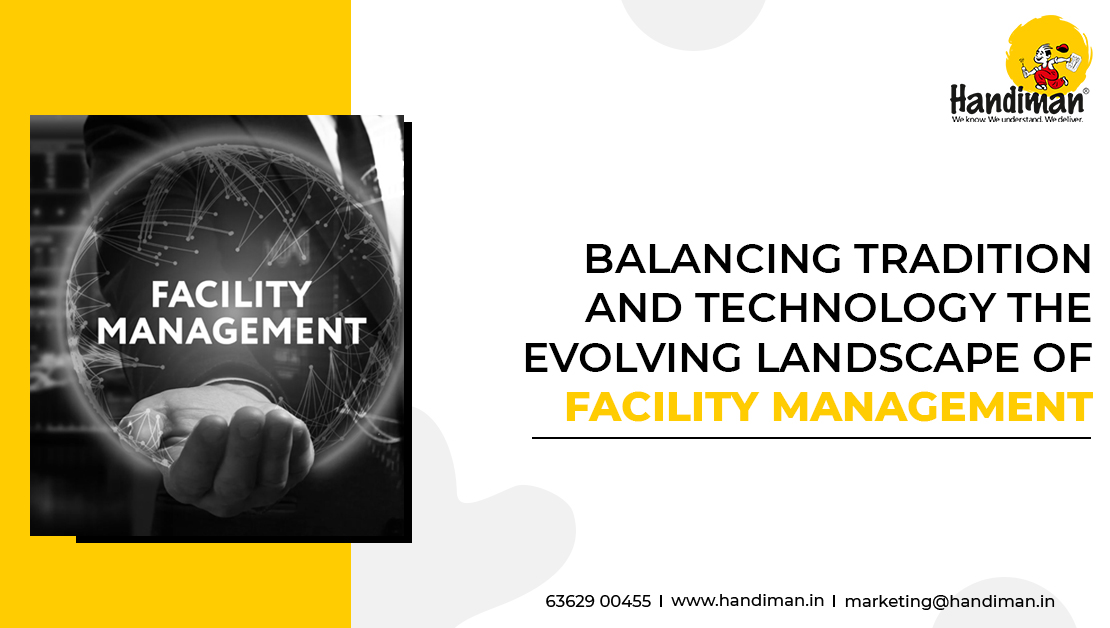
Balancing Tradition and Technology The Evolving Landscape of Facility Management
In the ever-evolving landscape of facility management, the age-old question persists: tradition or technology? As the industry continues to transform, the integration of both becomes increasingly evident.
Traditionally, facility management relied on manual processes and human expertise to maintain facilities. From handwritten logs to scheduled inspections, the industry had a tangible touch. But things are changing as a result of the introduction of cutting-edge technologies.
Contemporary facilities management is using innovative approaches. Predictive analytics, the Internet of Things (IoT), and artificial intelligence (AI) are completely changing the way facilities are managed. Smart sensors monitor equipment health in real time, predicting potential failures and allowing for proactive interventions. Cloud-based systems streamline data management, enhancing efficiency and reducing operational costs.
Yet, the marriage of tradition and technology is not a divorce from the past. There are still many parts of facility management that use traditional approaches. Experienced technicians still play a crucial role in hands-on maintenance tasks, ensuring the human touch remains irreplaceable. Moreover, routine inspections, a traditional cornerstone, are complemented by technology-driven preventive maintenance schedules.
The key lies in finding a harmonious balance. While technology offers unparalleled efficiency, traditional methods contribute a depth of understanding and a personal touch that machinery cannot replicate. Facility managers today navigate a delicate dance, integrating the best of both worlds to ensure optimal functioning and longevity of facilities.
In conclusion, the facility management industry is not discarding tradition but evolving with technology. The future lies in a symbiotic relationship where time-tested practices and cutting-edge innovations work hand in hand, creating a resilient and efficient management model for the facilities of tomorrow.
